Picture this: You’re scrolling through Instagram and come across a mouth-watering photo of a perfectly plated dish, that’s been expertly captured through food photography and styling.
The colors pop, the texture is tempting, and you can taste the flavors just by looking at the photo.
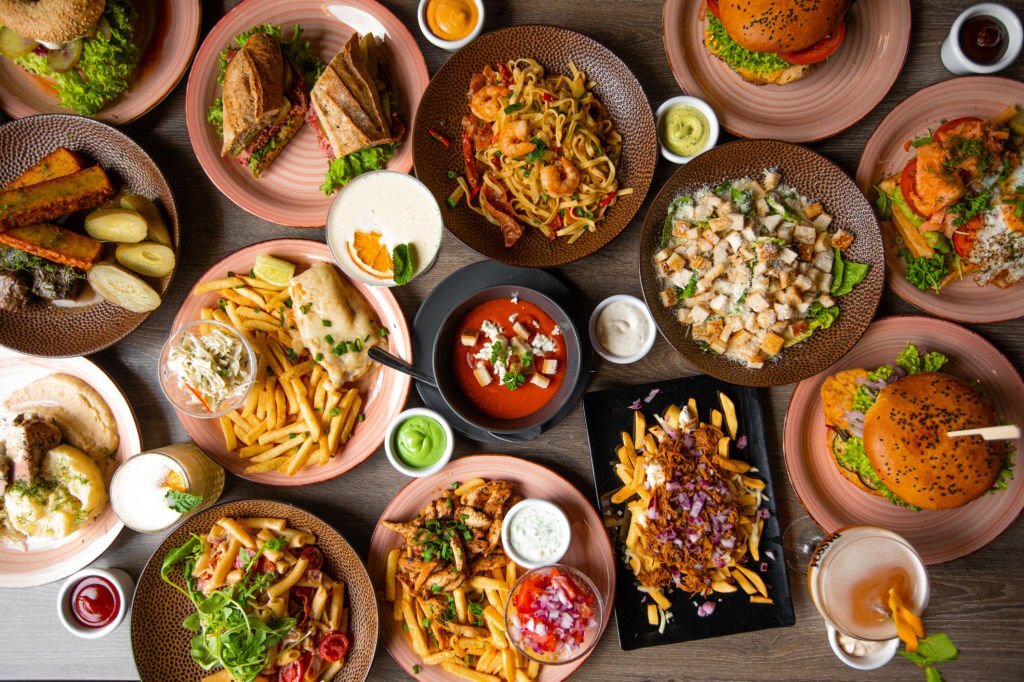
dishes.
More likely than not, you’ll save the post and make a mental note to visit the restaurant soon.
Food styling and photography play a crucial role in your restaurant’s marketing strategy because presentation is everything.
High-quality food photography can make a customer choose your restaurant over another one.
Your restaurant must showcase its menu, culture, and atmosphere in the best possible light.
In my work, I’ve noticed that many restaurant owners struggle to make food look appealing in a photo. This is because:
- Food styling needs meticulous attention to detail. One small mistake can ruin the entire photo, and you need specialized skills to get it right.
- Food styling and food photography can be time-consuming and costly. Restaurants are usually running on tight budgets with limited time.
- Food photography can be subjective. Different people have varying opinions on what makes for good photography.
However, you can’t afford to scrimp out on food styling and photography—the stakes are too high for that. When good photography is the difference between a group of 10 people choosing to eat at your restaurant or not, you must invest in it consciously.
“Investing in quality photography is crucial for any business in the restaurant industry,” says Caitlin Bensel, a seasoned photographer based in Birmingham, Alabama. “A good photo campaign puts businesses on the map, so be wise and invest in quality, not what’s cheaper.”
6 types of food photography and styling to consider for your restaurant
The type of food styling and photography you choose for your restaurant will depend on the type of cuisine you serve, your restaurant’s brand, and your overall marketing goals.
Here are 6 different food photography styles that a restauranter can consider:
- Flat-lay
- Lifestyle
- Studio
- Action
- Minimalist
- Combination
#1 Flat Lay
This style involves arranging ingredients, dishes, and props on a flat surface. The camera is positioned above the table and pointed downwards, creating a bird’s eye view.
Post & Pepper (Stellenbosch) showcases their dishes in a flat-lay style, highlighting the ingredients and presentation of each dish.

#2 Lifestyle
This style involves placing the dish in a context, such as a table setting, with people and other props. This style gives customers a better idea of how the dish would look when they dine in.
The Test Kitchen (Cape Town) incorporates a lifestyle approach in its food photography, capturing the dishes in a dining setting with complementary props and backgrounds.

#3 Studio
This style uses lighting and props to create a controlled environment to showcase the food. The focus is on the dish, with little or no background distraction.
Manna Food Co (Rosebank) showcases its healthy salads and sandwiches in a controlled studio environment, focusing on the color, texture, and presentation of each meal.
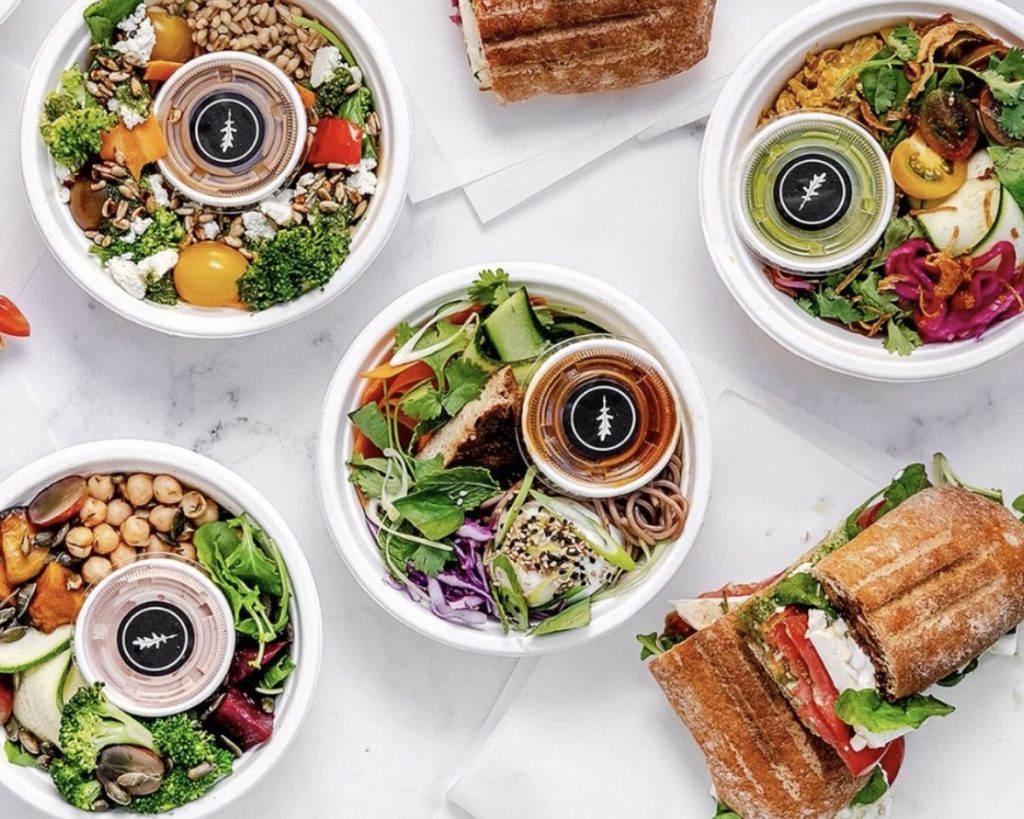
#4 Action
This style captures the food in action, such as when it is being prepared or plated. This style can be effective in showing the process behind the dish and the care that goes into preparing it.
Koi (Pretoria) captures the food in action, showcasing the preparation and plating process of their dishes.
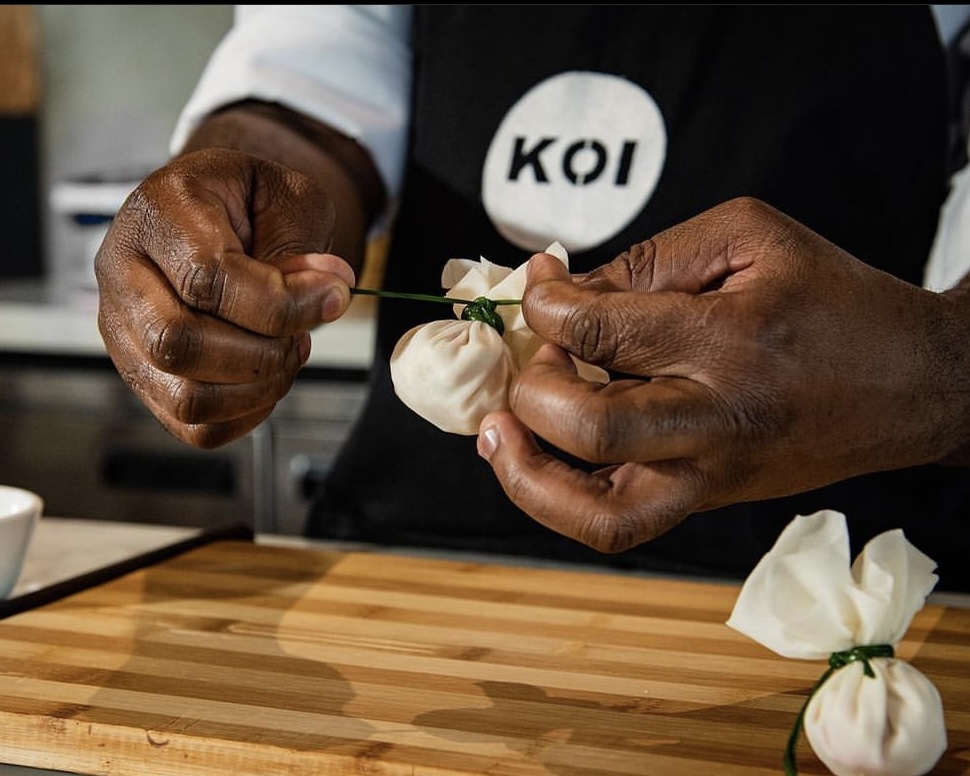
#5 Minimalist
This style focuses on the food itself, without the use of props or background distractions. The focus is on the texture, color, and composition of the dish.
The Blockman SA (Parkhurst) focuses on the food itself in its minimalist style, highlighting the texture, color, and composition of each dish.
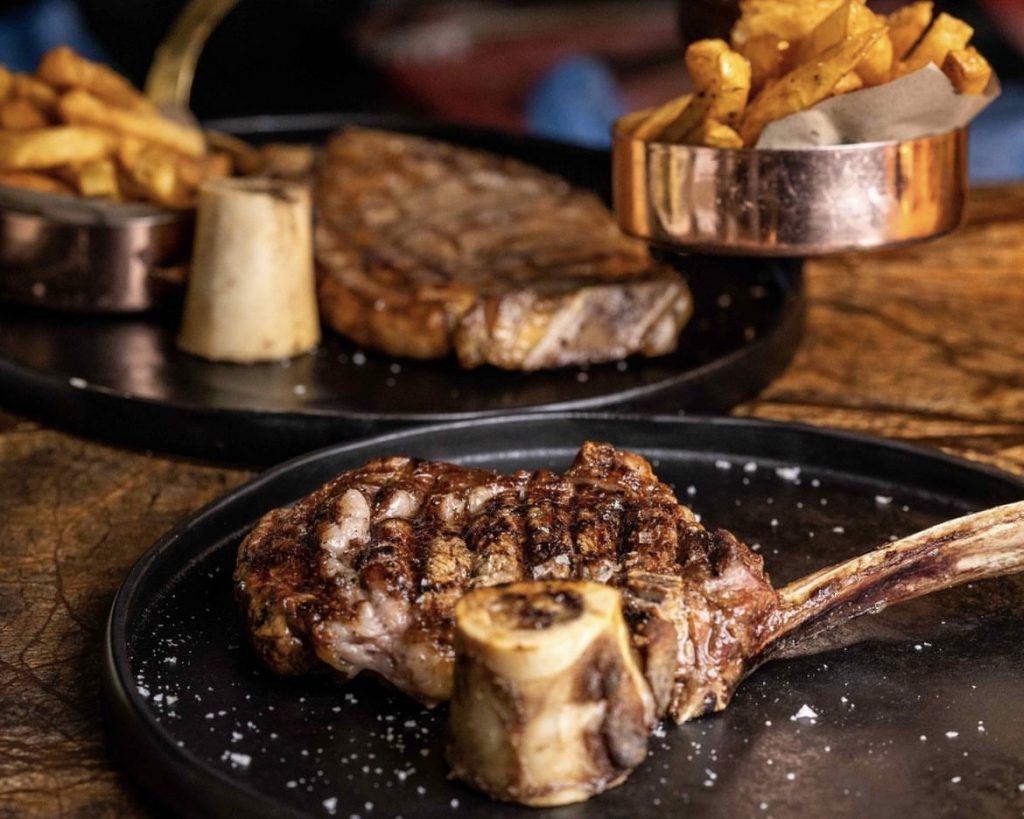
#6 Combination
This technique combines various styles of food photography and food styling to create a unique and visually appealing image.
This can involve a mix of flat lay, lifestyle, studio, action, or minimalist styles to showcase the dish in its best light.
Gemelli (Johannesburg) uses a combination of studio and minimalist styles for their food photography. The focus is on the dish, with controlled lighting and minimal background distraction. The texture, color, and composition of the dish are emphasized.
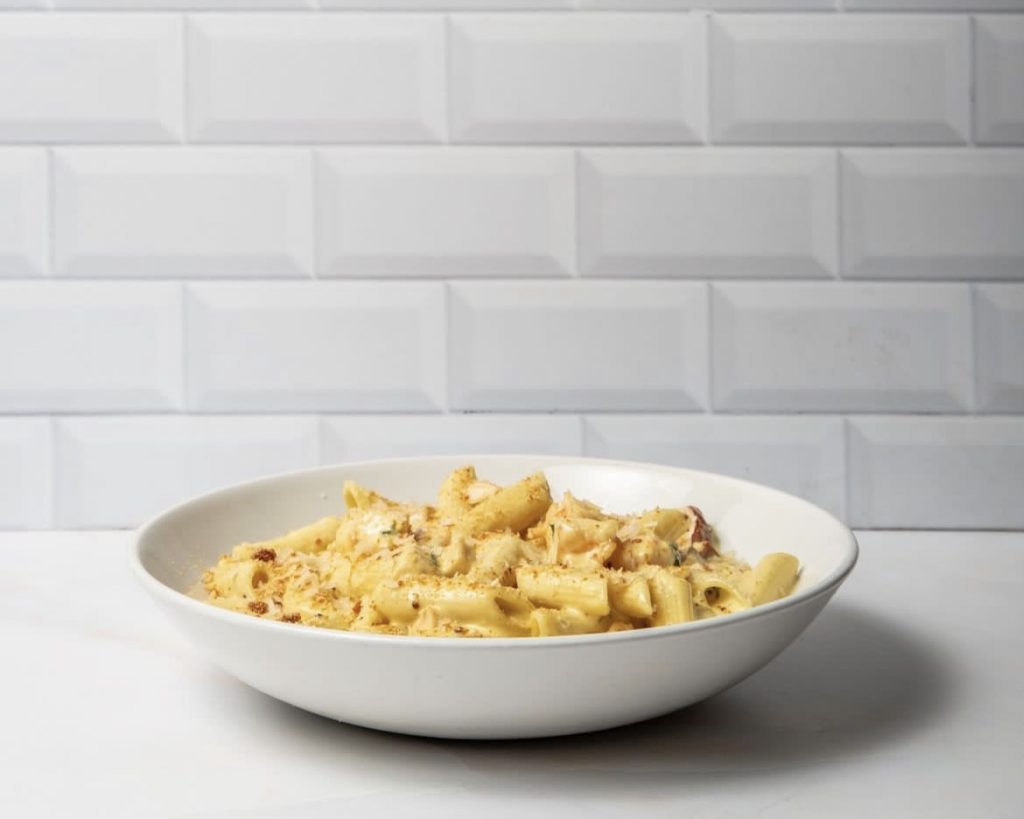
Emazulwini (Cape Town) uses a combination of lifestyle and minimalist styles, showcasing the dish in a context such as a table setting, while also focusing on the texture, color, and composition of the dish without too many props or background distractions.
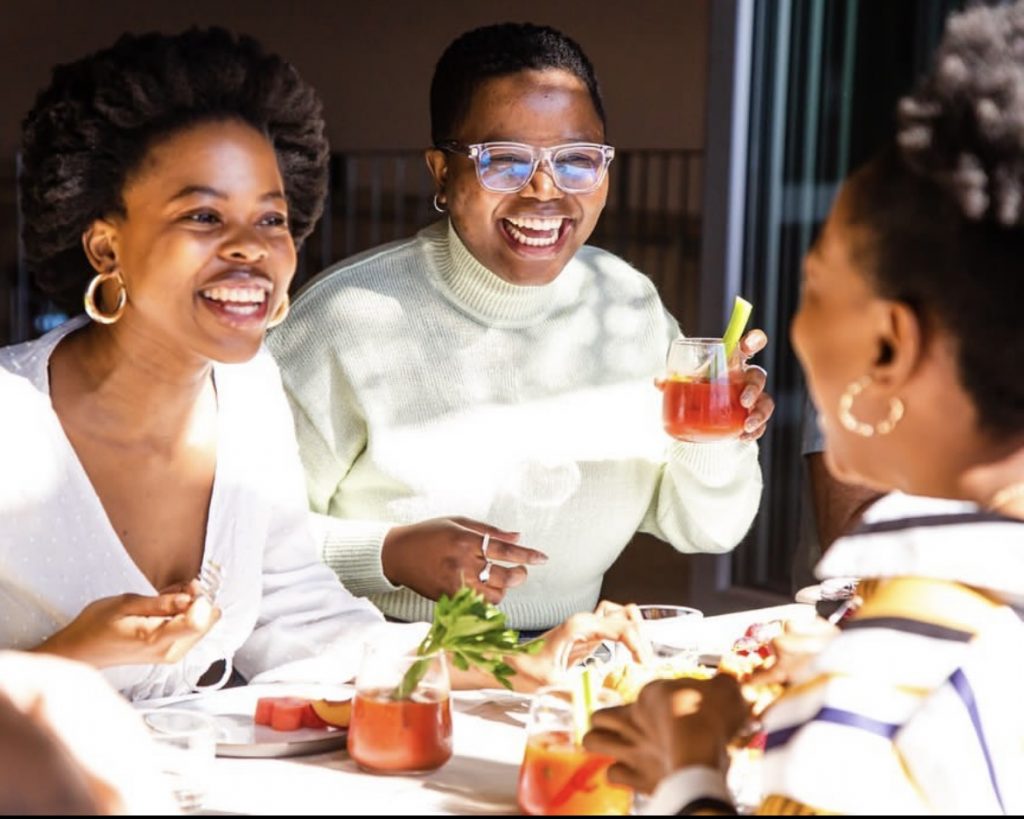
Note: The images used above have been sourced from each restaurant’s social media pages for the purpose of demonstrating food photography and styling. These restaurants are examples, not endorsements.
The different objectives of food styling and photography
The objectives for food styling and photography differ between a restaurant’s website, social media, and menu.
While the overall goal may be to attract customers and promote the brand, each platform requires a different approach to achieve this.
The main objectives of food photography for each platform are:
- Website: Your restaurant’s website should provide a comprehensive overview of the menu, as well as a sense of the atmosphere of the restaurant.
- Social media: Social media is a more informal platform, and food photography should be visually appealing and eye-catching.
- Menu: Your food menu should entice customers to order, accurately depict the dish, and be consistent with the overall branding and aesthetic of the restaurant.
Food styling and food photography case study
As a food photographer and stylist, I recently worked on a social media campaign for TABASCO®.
The project brief was to create a South African inspired dish, either sweet or savory, using two or more variants of TABASCO® sauce, that showcases the brand’s tagline, “Lights Things Up.”
The desired campaign impact was for the audience to think of TABASCO® as creating interesting content, feel that the brand is relevant, and consider buying or using the sauce in the future.
To achieve these desired outcomes, we incorporated several key elements into the food photographs:
- The images were high quality, with sharp clarity, good lighting, and accurate color saturation.
- The dish was placed in a relevant context that showcases its potential use, such as a table setting or in the hands of someone enjoying it.
- The photographs had a consistent style that reflected the brand’s values and visual identity.
- A clear and compelling call to action was included in the photographs, encouraging followers to engage with the brand, such as trying the dish or purchasing the product.
- The photographs were tagged with relevant and popular hashtags to increase their visibility and reach a wider audience.
Anja Burger, the brains behind the “Use Your Noodles” blog, highlights a common mistake made by restaurants in food styling and photography.
According to her, “A lot of restaurants fail to set up a consistent look and end up taking photos without any specific style in mind. This can weaken your brand.“


Build a food photography and styling strategy for your restaurant
Having a well-executed food photography and styling strategy for your restaurant helps to create a strong brand image and increase customer engagement and interest.
“Mixing poor cellphone photography with professional shots can work against you,” says Claire Gunn, a photographer who specializes in creating visual assets for top-flight food and hospitality businesses.
“A potential customer might subconsciously feel that if your visuals don’t flow, your menus, service and offering won’t flow well either.”
A clear and consistent approach to food photography and styling helps build trust and credibility with customers and sets you apart from your competitors.
Let’s recap:
- Identify your brand and target audience – Determine your brand’s unique characteristics, values, and the target audience you want to reach.
- Establish the objectives for each platform – Outline the objectives for each platform, such as showcasing menu items, creating an atmosphere, and showcasing the culture and atmosphere.
- Choose the right style of photography – Decide on the type of food photography that best suits your brand and objectives. This could be flat lay, lifestyle, studio, action, or minimalist.
- Consistency is key – Ensure consistent photography and styling across all platforms.
- Work with a professional – Hire a professional food photographer and stylist to create high-quality and visually appealing images.
- Use hashtags and tags – Use hashtags and profile tags on social media to reach your target audience and increase visibility.
- Monitor and evaluate – Regularly monitor and evaluate your food photography and styling strategy to identify areas for improvement.
Now ask yourself:
- Are my food photos accurately reflecting my brand and target audience?
- Am I using the right style of food photography for my objectives?
If you answered “no” to any of these questions, it’s time to re-evaluate your food photography and styling strategy.
Let’s work together to elevate your restaurant’s image and attract more customers. If you’re looking to hire a skilled food stylist for your next project, contact me to learn more and discuss your project in detail.
In health and business,
Chef Lee
If this issue resonated with you, feel free to share it with someone who would find it useful!
Special thanks to Dr. Shehu for his editorial help on this piece.